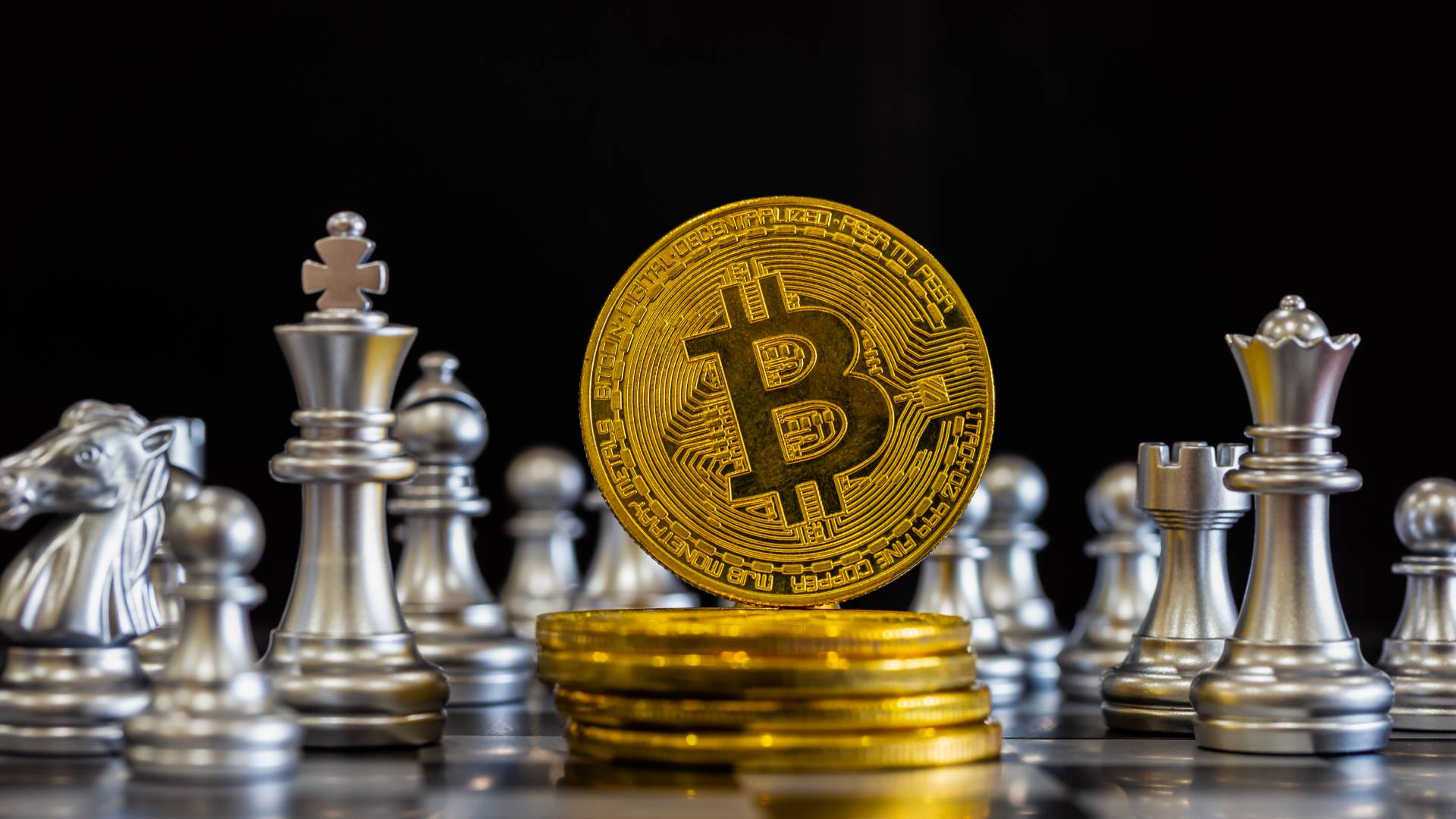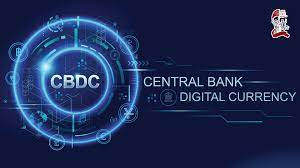NFTs: A WALKTHROUGH
- Leonard Tajeu

- Mar 11, 2022
- 3 min read

NFT stands for Non-fungible token. “Non-fungible” means that it’s unique and can’t be replaced with something else. For example, a bitcoin is fungible — trade one for another bitcoin, and you’ll have the same thing. A one-of-a-kind collectible, however, is non-fungible. If you traded it for a different collectible, you would have something completely different.
Anything that can be converted into a digital form can be an NFT. Everything from your drawings, photos, videos, GIFs, music, in-game items, and selfies can be turned into an NFT, which can then be traded online using cryptocurrency. Even tweets count. Twitter co-founder Jack Dorsey sold his first-ever tweet as an NFT for more than $2.9 million. What makes NFTs unique from other digital forms is that it is backed by Blockchain technology. As highlighted previously, Blockchain is a distributed ledger where all transactions are recorded. It is like your bank statement, except all your transactions are transparent and can be seen by anyone and cannot be changed or modified once registered.
NFTs Working Mechanism?
NFT works on blockchain, giving users complete ownership of a digital asset. For instance, if you’re a sketch artist and convert your digital asset to an NFT, you get proof of ownership, powered by Blockchain. Specifically, NFTs are typically held on the Ethereum blockchain, although other blockchains support them as well.
When you list your NFT on a marketplace, you pay something called a gas fee (transaction fee) for using the Blockchain, following which your digital art is then recorded on Blockchain, mentioning that you (your address) own the particular NFT. This gives you full ownership—which cannot be edited or modified by anyone, including the marketplace owner.
An NFT is thus created, or as crypto enthusiasts say it is “minted”, to get exclusive ownership rights. NFTs can have only one owner at a time. Apart from exclusive ownership, NFT owners can also digitally sign their artwork and store specific information in their NFT’s metadata. This will be only viewable to the individual who bought the NFT.
Purpose of NFTs
Blockchain technology and NFTs afford artists and content creators a unique opportunity to monetize their wares. For example, artists no longer have to rely on galleries or auction houses to sell their art. Instead, the artist can sell it directly to the consumer as an NFT, which also lets them keep more of the profits. In addition, artists can program in royalties so they’ll receive a percentage of sales whenever their art is sold to a new owner. This is an attractive feature as artists generally do not receive future proceeds after their art is first sold.
Essentially, NFTs are like physical collector’s items, only digital. So instead of getting an actual oil painting to hang on the wall, the buyer gets a digital file instead. To the content creator, it represents a form of digital ‘deed’. Historically there was no way to separate the “owner” of digital artwork from someone who just saved a copy to their desktop. Markets can’t operate without clear property rights: Before someone can buy a good, it has to be clear who has the right to sell it, and once someone does buy, you need to be able to transfer ownership from the seller to the buyer. NFTs solve this problem by giving parties something they can agree represents ownership.
Buying and Selling NFTs
Anyone who holds a cryptocurrency wallet can buy an NFT. That is the only prerequisite to purchasing an NFT. You don’t need any KYC documents to purchase art. All you need is a cryptocurrency wallet, some cryptocurrency i.e. Ether, and an NFT marketplace where you can buy and sell NFTs. Some of the largest NFT marketplaces include OpenSea, Mintable, Nifty Gateway, and Rarible.
NFTs are also sold on marketplaces and the process can vary from platform to platform. You’ll essentially upload your content to a marketplace then follow the instructions to turn it into an NFT. You’ll be able to include specifics such as a description of the work and suggested pricing. Most NFTs are purchased using Ethereum but can also be bought with other cryptocurrencies.
In conclusion, investing in NFTs is a primarily personal decision. It may be worth considering if you have money to spare, especially if a piece holds meaning for you. However, keep in mind an NFT’s value is based entirely on what someone else is willing to pay for it; the concept of scarcity and demand. Therefore, demand will drive the price rather than fundamental, technical, or economic indicators, which typically influence stock prices and generally form the basis for investor demand. All this means an NFT may resell for less than you paid for it. Or you may not be able to resell it at all if no one wants it.
That said, approach NFTs just like you would any investment: Do your research, understand the risks, and if you decide to take the plunge, proceed with a healthy dose of caution.



Comments